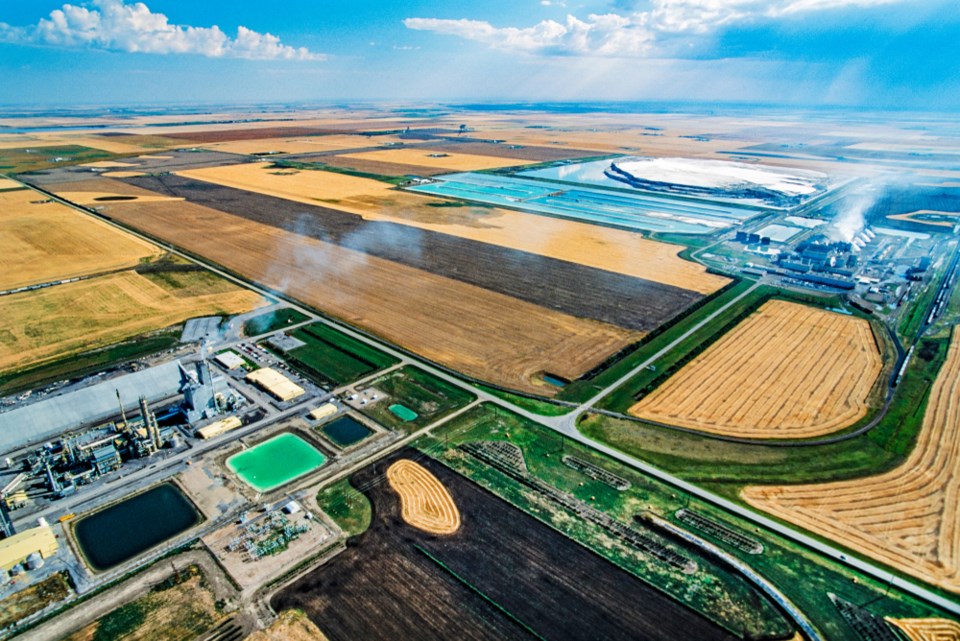The New Democratic Party Opposition in Saskatchewan has a strong case for a review of potash mine royalties by the province.
A study of potash mine royalties in Saskatchewan by the Johnson-Shoyama Graduate School of Public Policy at the University of Saskatchewan illustrates the need for a review.
Executive-in-residence Jim Marshall’s study says effective tax rates on Saskatchewan potash averaged 6.9 per cent since 2009. This reflects more than a one-quarter drop in the rate since the early 2000s.
The difference in rates is estimated at up to $100 million every year and as little as $40 million if using average rates from the 1990s.
Based on this, the lower rate of potash revenues cost the Saskatchewan Government somewhere between $360 million and $1.8 billion since 2010. Those taxes could certainly have prevented some of the steep cuts to government services in the last two years.
Marshall does not advocate a royalty increase but suggests a review should result in a greater share of royalties and taxes.
The Saskatchewan Government’s response to the NDP request for a review was that Saskatchewan potash royalties are among the lowest in the world.
A previous request for a potash tax review in 2015 was met with the government argument that now is not a good time to increase taxes – a standard Saskatchewan Party response whenever a tax increase is suggested.
Three jurisdictions matter – Saskatchewan, Belarus and Russia – when comparing potash tax rates. These three produce more than three-quarters of global potash and have most of the world’s potash reserves.
In Belarus, potash producers pay a 10 per cent value added tax on production and a 12 per cent corporate tax rate.
Russian potash miners pay a 3.8 per cent mineral extraction tax, 20 per cent corporate tax and can have a 20 per cent value-added tax waived for exports.
It appears that Saskatchewan rates are among the lowest of the top producers.
The question arises, as it did in 2015, can our provincial potash miners afford increased royalties?
The two major potash producers’ financials show pretty decent returns of cash flow yield on shareholder equity – over nine per cent for Mosaic for Nutrien, built from the recent merger of Agrium and Potash Corporation.
Cash flow is the money left over after all cash expenses and is used for comparison because earnings are too subject to “massage” by accounting departments.
Both these companies produce other products and sell them. According to their financial statements, gross profit margins on potash sales are a healthy 24 per cent.
Another way to look at the matter is via fair share taxation of the $5.9 billion wealth created by the potash industry in 2017. That was 7.2 per cent of Saskatchewan wealth but royalties of $240 million provided only 1.7 per cent of provincial revenues – not including corporate income taxes.
Under a deal made by the Calvert NDP Government 18 years ago, potash miners are allowed to deduct $1.20 cost for every $1 capital invested in the mine. Normal capital cost ranges from five cents to 25 cents per dollar invested per year until the investment is written off.
The mine expansion incentive allows avoidance of millions in corporate income taxes every year. Given potash mine development since the NDP made that deal, a review is in order.
Before being elected, the Saskatchewan Party promised not to choose winners and losers in business, which is exactly what these tax breaks do.
Ron Walter can be reached at [email protected]
The views expressed in this column are solely those of the author and do not necessarily reflect those of Moose Jaw Today, the Moose Jaw Express, its management, or its subsidiaries.




